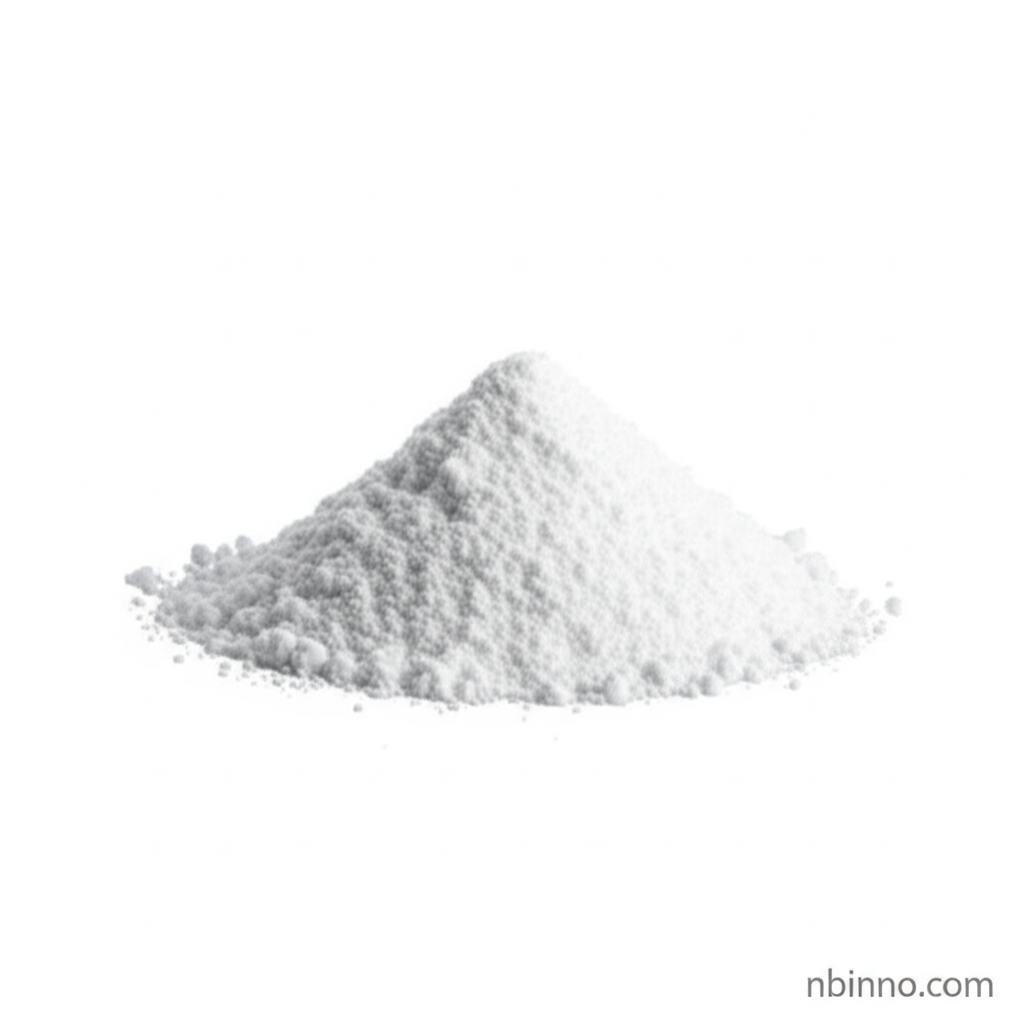Difloxacin: A Comprehensive Overview of its Properties, Applications, and Veterinary Use
Explore the science behind this veterinary antibiotic, from its chemical structure to its crucial role in animal health.
Get a Quote & SampleProduct Core Value

Difloxacin
Difloxacin is a potent second-generation fluoroquinolone antibiotic, widely recognized for its bactericidal activity against a broad spectrum of Gram-negative and Gram-positive bacteria. Its unique pharmacokinetic profile, including a longer elimination half-life, allows for effective once-daily dosing in veterinary applications.
- Understanding the Difloxacin veterinary use is crucial for effective treatment plans. This antibiotic plays a vital role in combating various bacterial infections in animals.
- The Difloxacin mechanism of action targets bacterial DNA gyrase, disrupting DNA synthesis and cell duplication. This makes it a powerful tool against susceptible microorganisms.
- Exploring Difloxacin pharmacokinetics reveals its excellent oral absorption and prolonged presence in the body, facilitating convenient dosing regimens.
- Be aware of potential Difloxacin drug interactions; concurrent administration with cation-containing products can reduce its absorption, necessitating dose separation.
Advantages of Using Difloxacin
Broad-Spectrum Efficacy
Difloxacin offers robust bactericidal activity against a wide array of bacteria, making it a versatile choice for treating numerous infections in veterinary medicine.
Convenient Dosing
Its favorable Difloxacin pharmacokinetics, including a long elimination half-life, allows for once-daily administration, improving compliance and ease of use.
Targeted Mechanism
The targeted Difloxacin mechanism of action, inhibiting bacterial DNA gyrase, ensures effective disruption of bacterial replication and survival.
Key Applications
Veterinary Medicine
Difloxacin is extensively used in veterinary medicine for treating respiratory infections, urinary tract infections, and soft tissue infections in animals, particularly dogs.
Scientific Research
As a well-characterized compound, Difloxacin serves as a valuable tool in scientific research, particularly in studies related to antimicrobial resistance and drug efficacy.
Antibacterial Therapy
Its role as a Pharmaceutical Intermediate highlights its importance in the synthesis of various antibacterial agents, contributing to the development of new treatments.
Companion Animal Health
Ensuring the health of pets is paramount, and Difloxacin contributes significantly to the treatment of infections in companion animals, aiding recovery and well-being.
